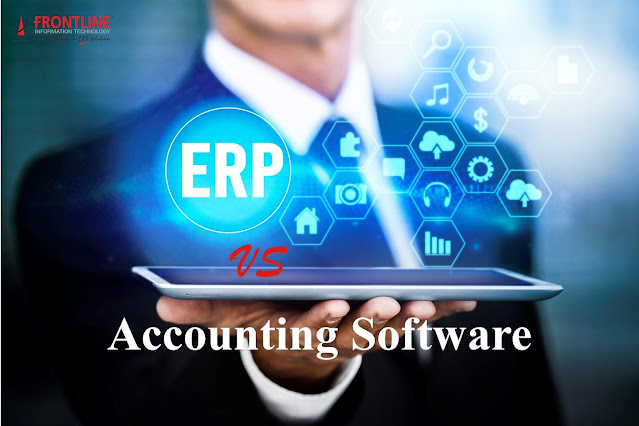How to Prepare an Organization to Select ERP Software
When organizations decide to
implement ERP software, they often jump right into ERP selection without taking
the time to prepare. They assume they can select the right technology by simply
evaluating software features and benefits.
However, there are many
activities that should precede ERP selection. Before starting to think about
ERP vendors or perusing top ERP systems lists, consider focusing on these seven
activities:
Ensuring Organizational Alignment
The key to a successful ERP
selection is ensuring that stakeholders across the organization understand and
agree with the organization’s strategy objectives. Then, decide how much
technology is needed to achieve objectives, such as improving the customer
experience, creating new business models or generating new revenue.
Developing a Business Case
What business benefits are
expected from the new ERP software? What are the expected costs? Knowing the
answers to these questions is critical to justifying an ERP investment when
executives ask about ROI. To really win them over, one should outline exactly
how new technology will enable the organization’s strategy objectives.
Mitigating Change Resistance
Once, the decision is made to
implement new ERP software, employees have to be informed. By evaluating the
organizational culture and employees’ openness to change, one can develop an
organizational change management strategy that helps employees embrace change.
Defining Business Requirements
Many organizations do not have
clearly-defined processes, but as they embark on their ERP project, they
realize the necessity of business process mapping. Documenting current business
processes helps to prioritize functional requirements and identify opportunities
for improvement.
Transforming Business Processes
While some processes may only
need incremental improvements, processes related to the competitive advantage
may need a complete overhaul. This is an approach to business design that
focuses on breaking down functional silos and providing end-to-end process
understanding. It involves thinking about the purpose of each process and the
hand-offs between functions. Ultimately, this approach builds process
efficiencies that will guide in selection of ERP software.
Understanding Deployment Options
Complex organizations that need
heavy IT control, gravitate toward on-premise deployment, while organizations
that need less control generally outsource their IT functions. Here’s some of
the deployment options: Cloud ERP; SaaS ERP; On-premise ERP; Hybrid Cloud;
Managed Services
Developing an IT Strategy
In addition to deployment
options, there are several other IT strategy decisions to make before ERP
selection. For example, to determine an integration strategy – do the
organization want a single ERP system or several best-of-breed systems? While
best-of-breed ERP systems can help build competitive advantage, they also
create technical complexities, integration challenges and data issues. Many
organizations implement single ERP systems since they enable standardization,
which can reduce change resistance. However, single ERP systems don’t allow you
the flexibility to choose the best software for each of your functional areas.
This means need more software customization, which is costly.




Comments
Post a Comment